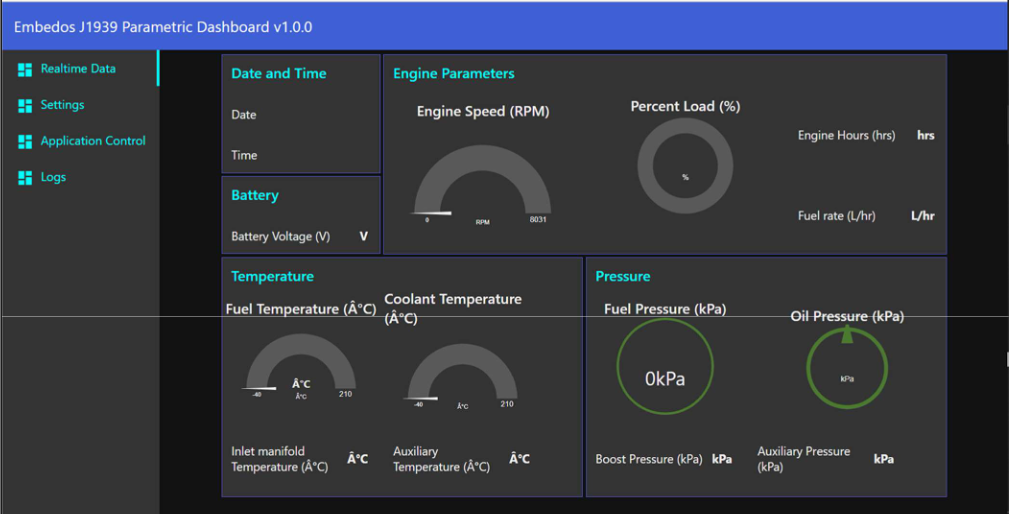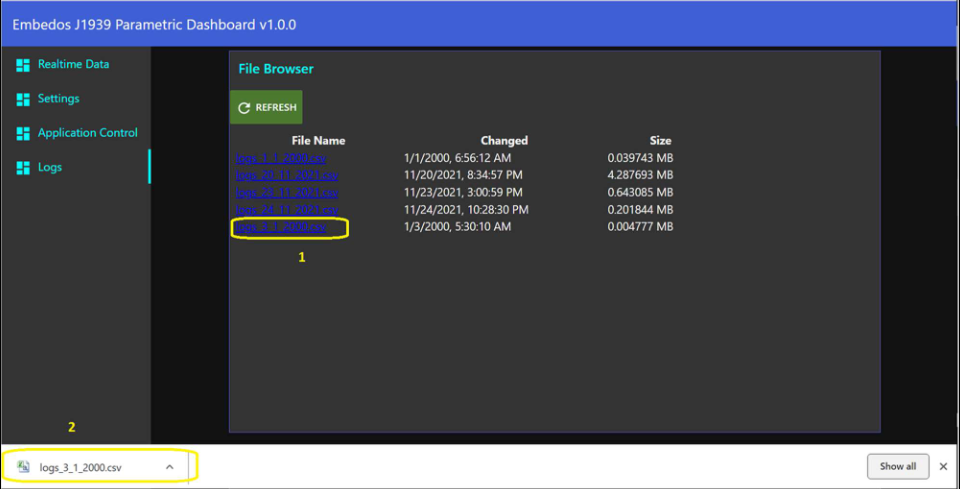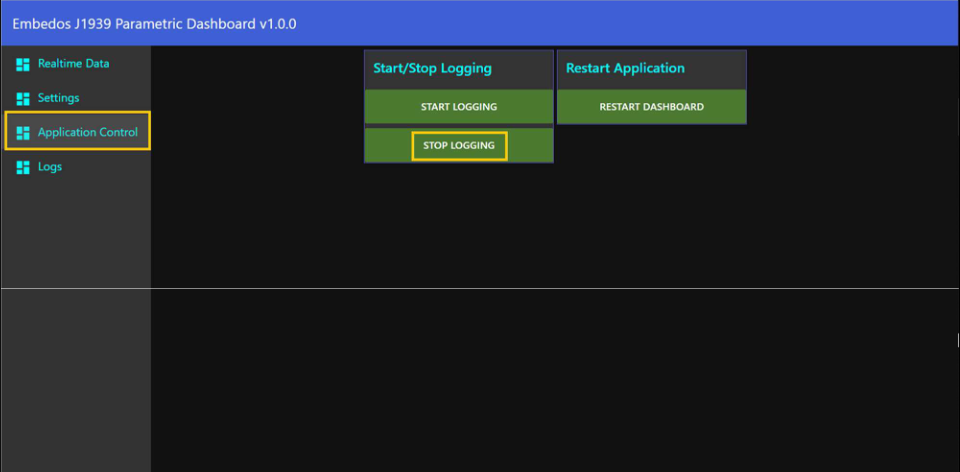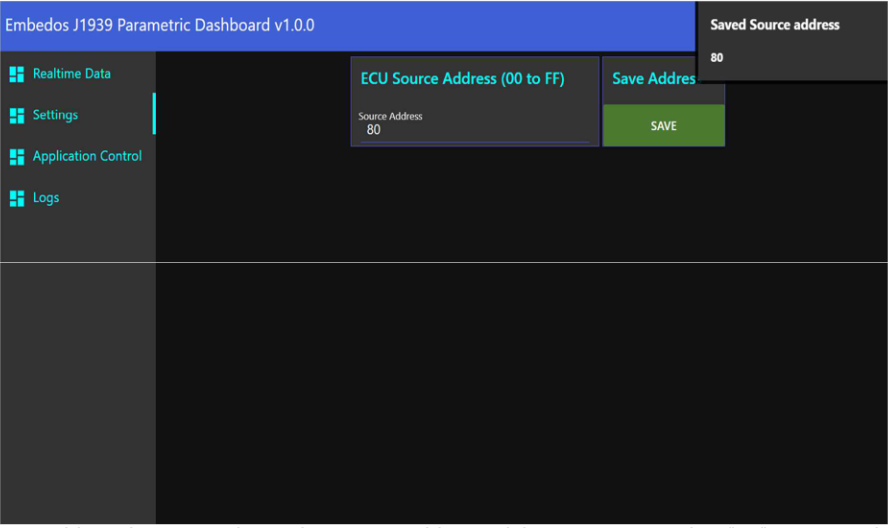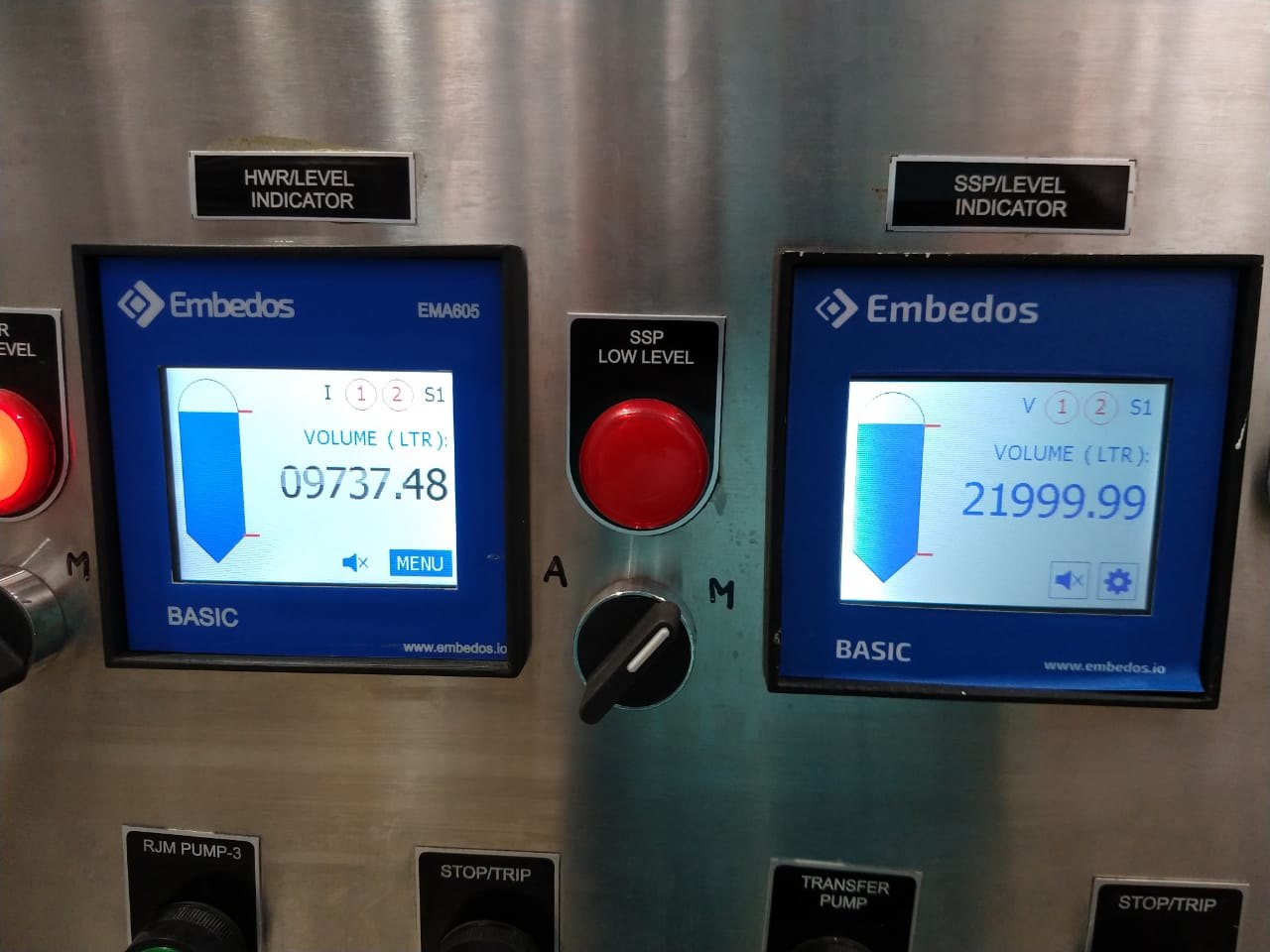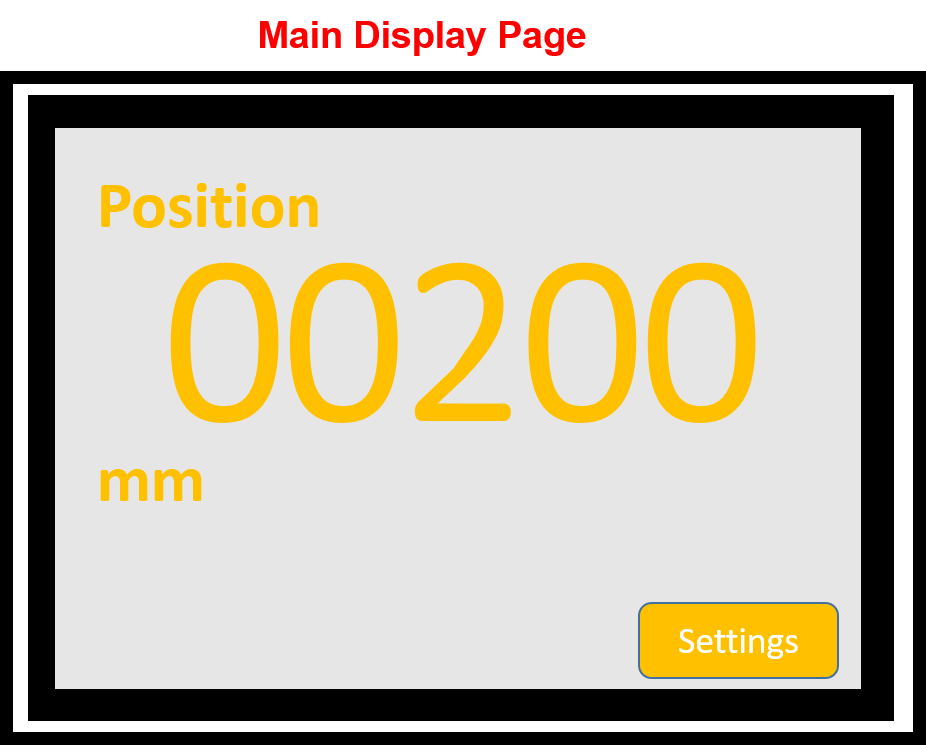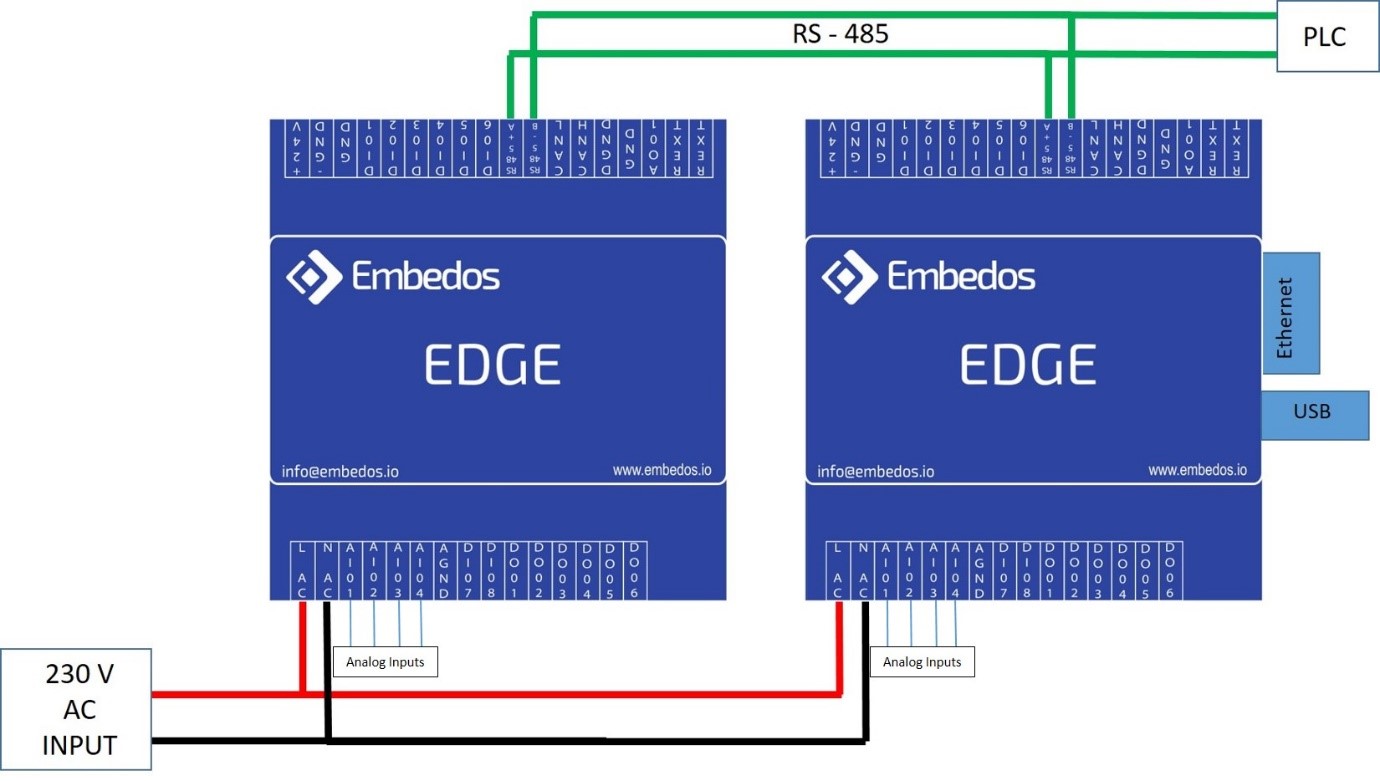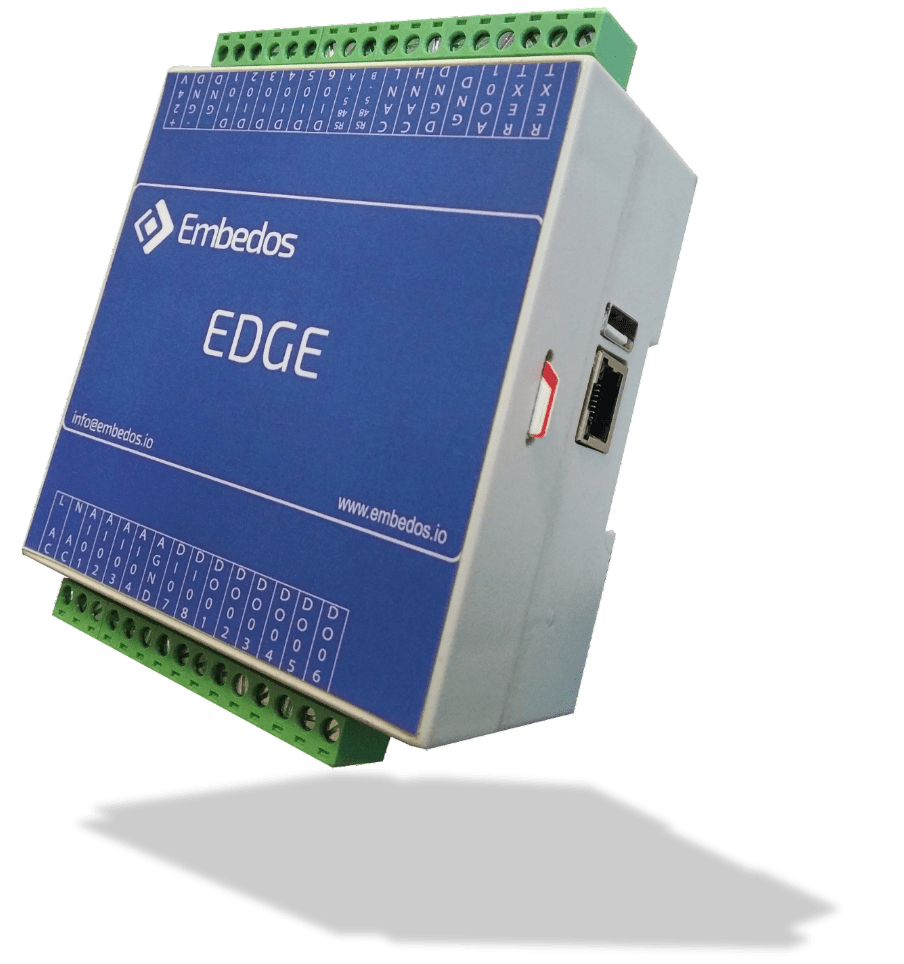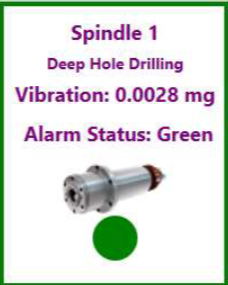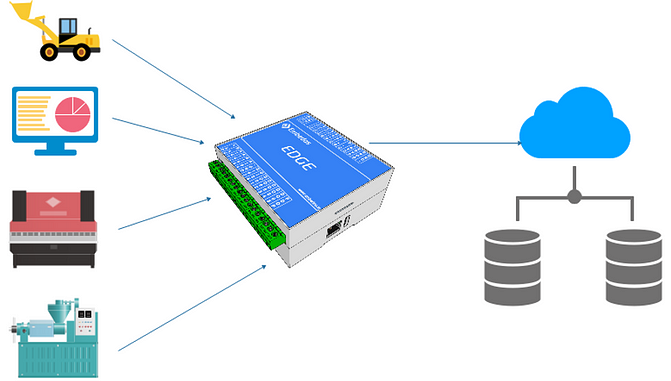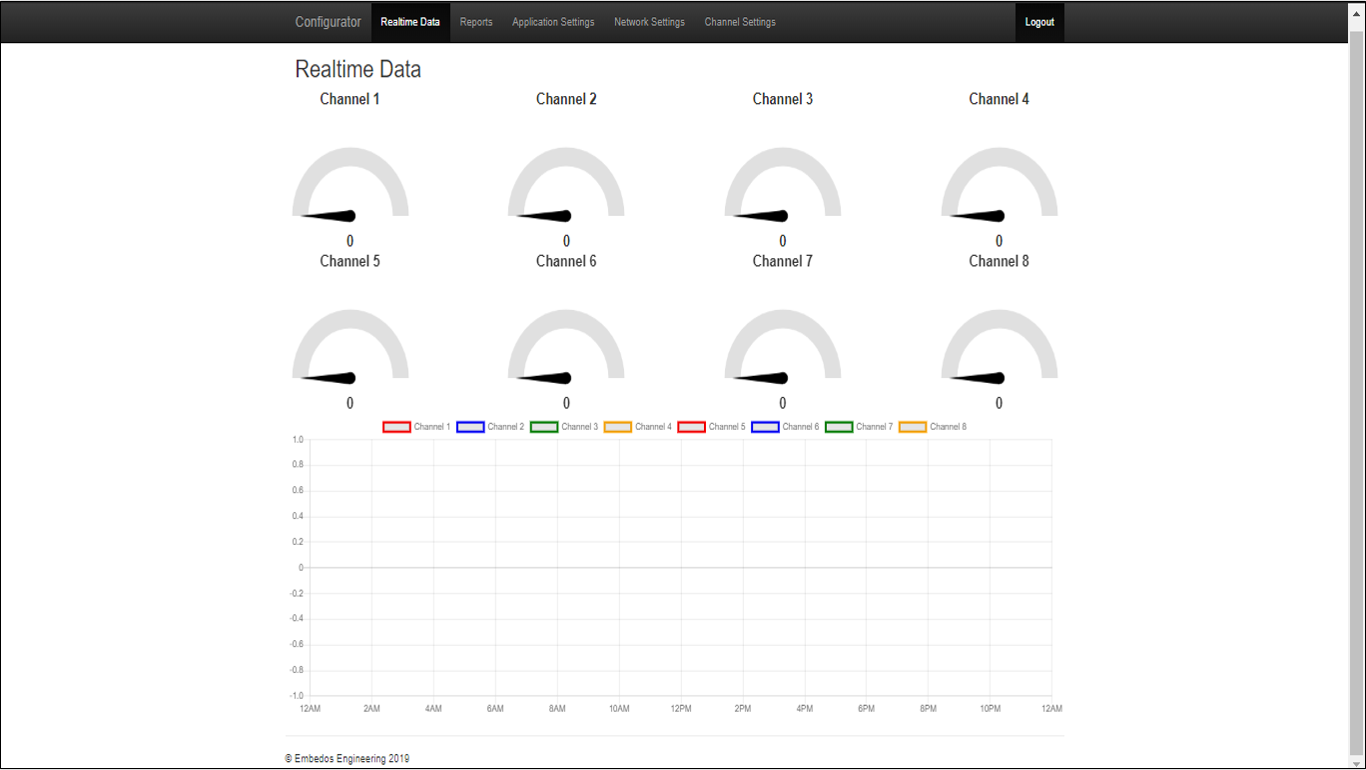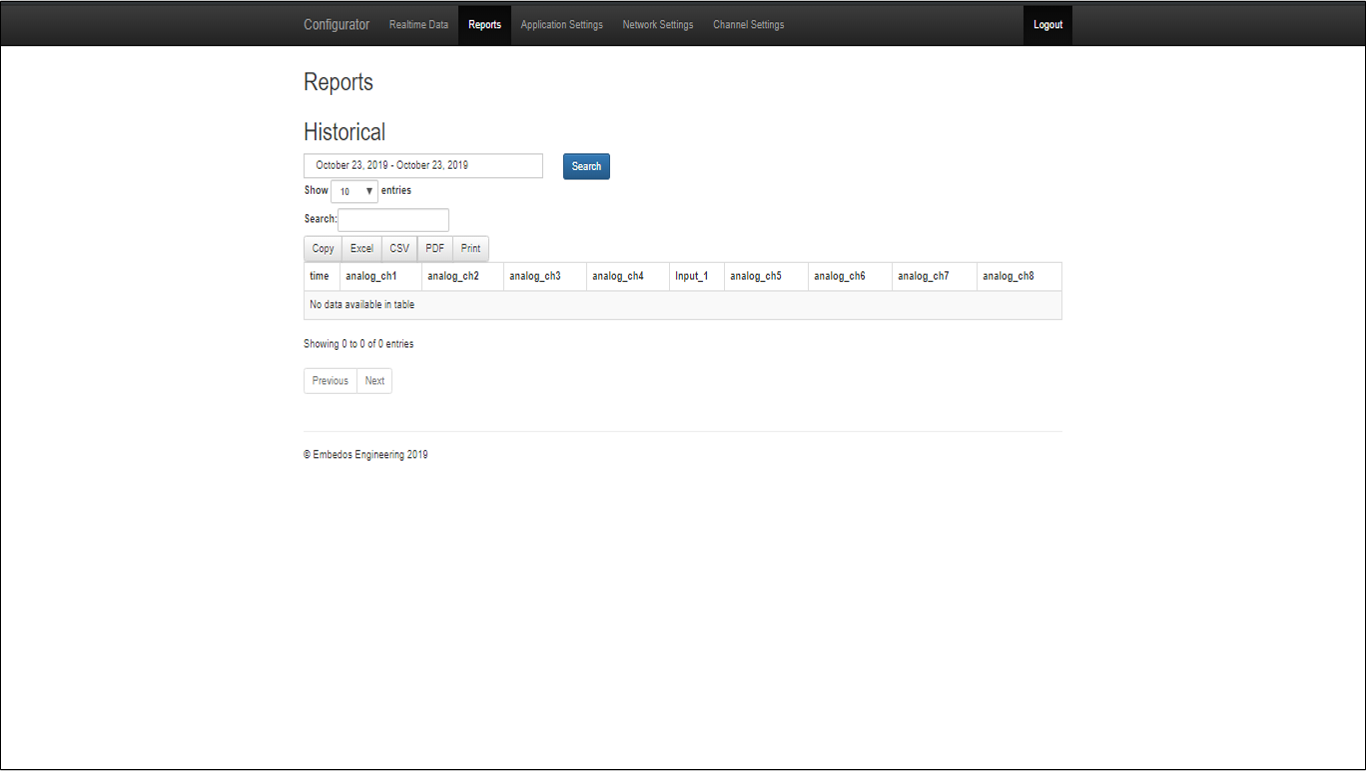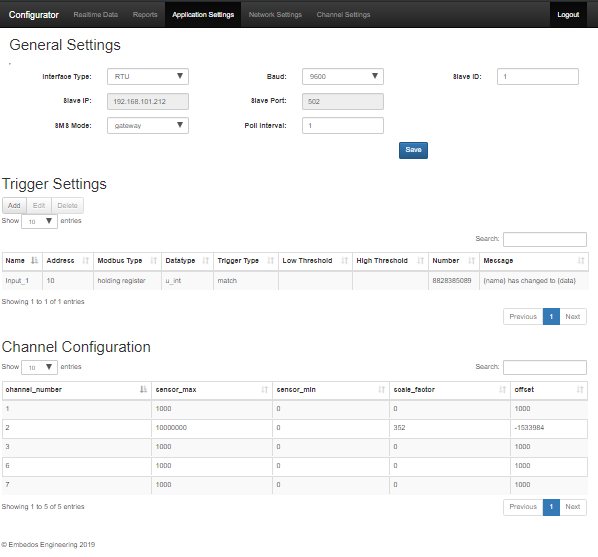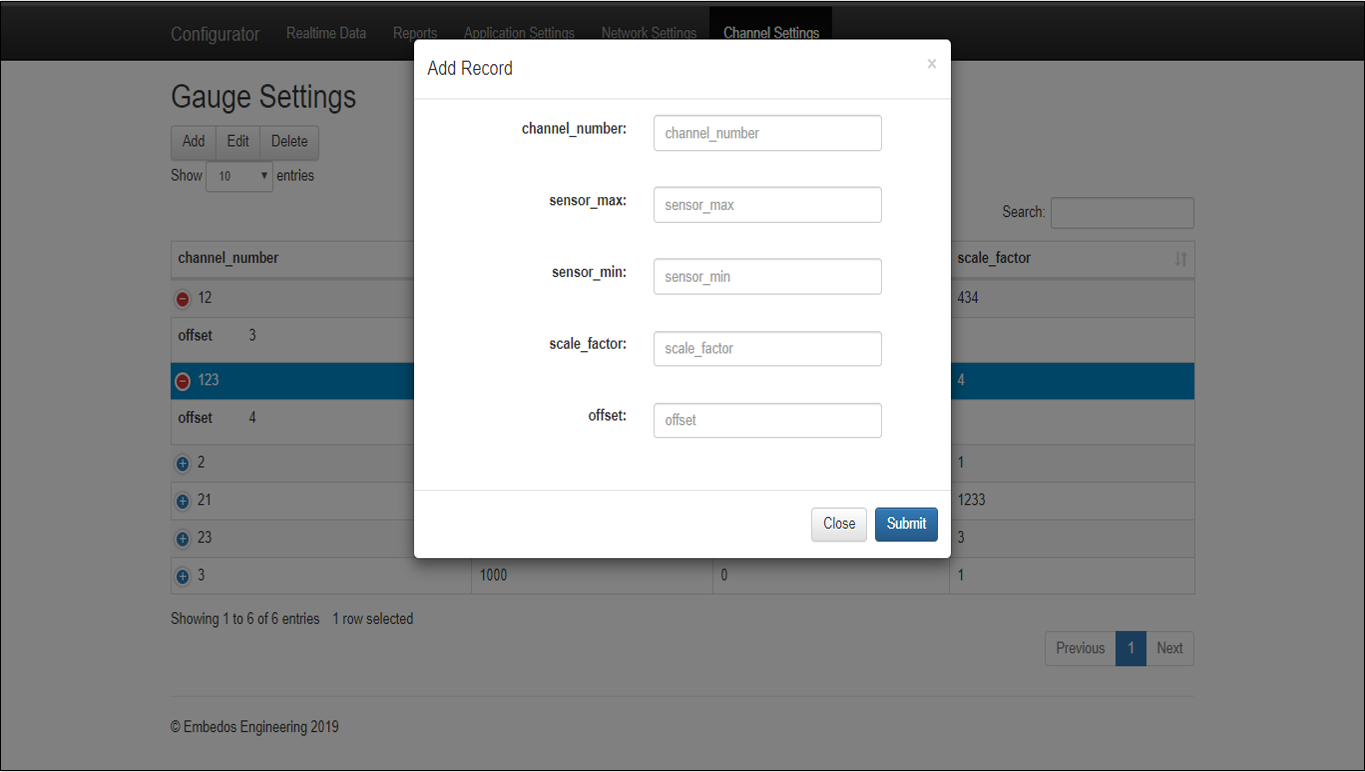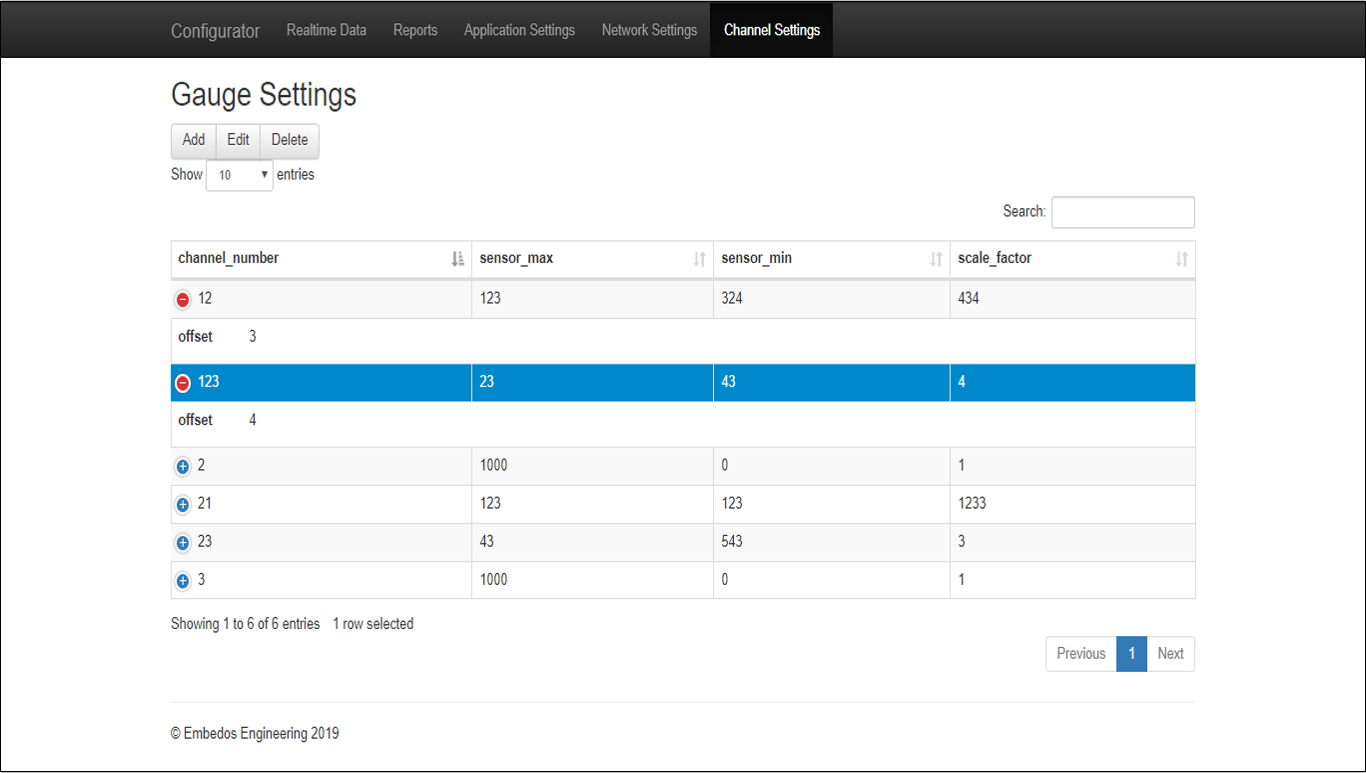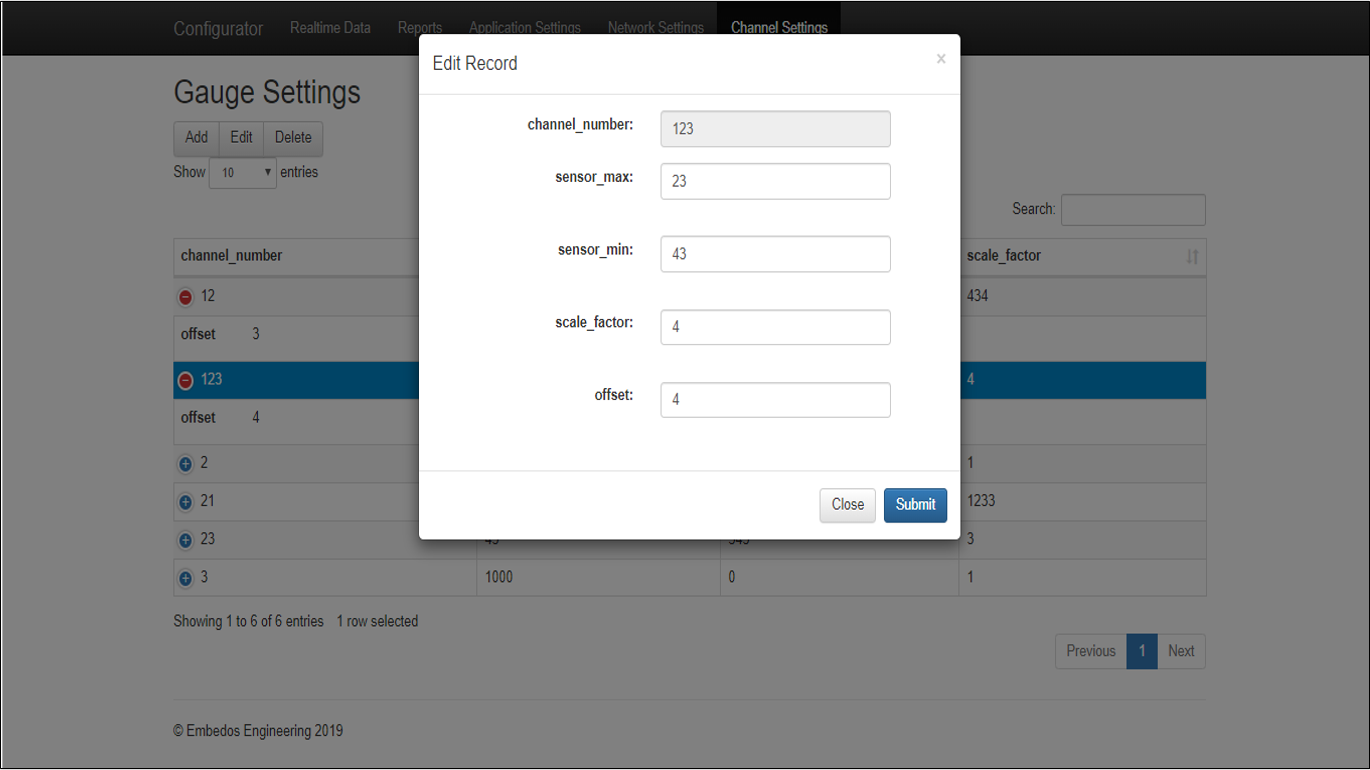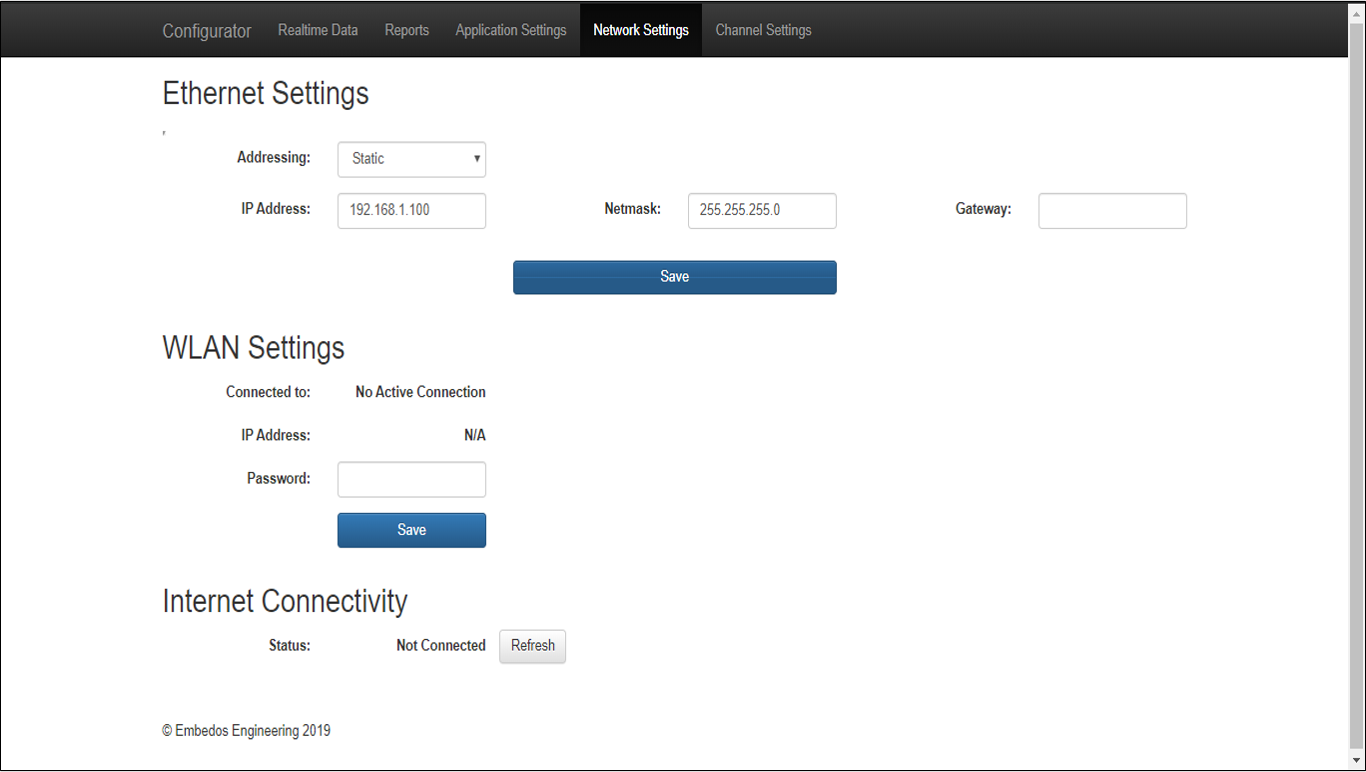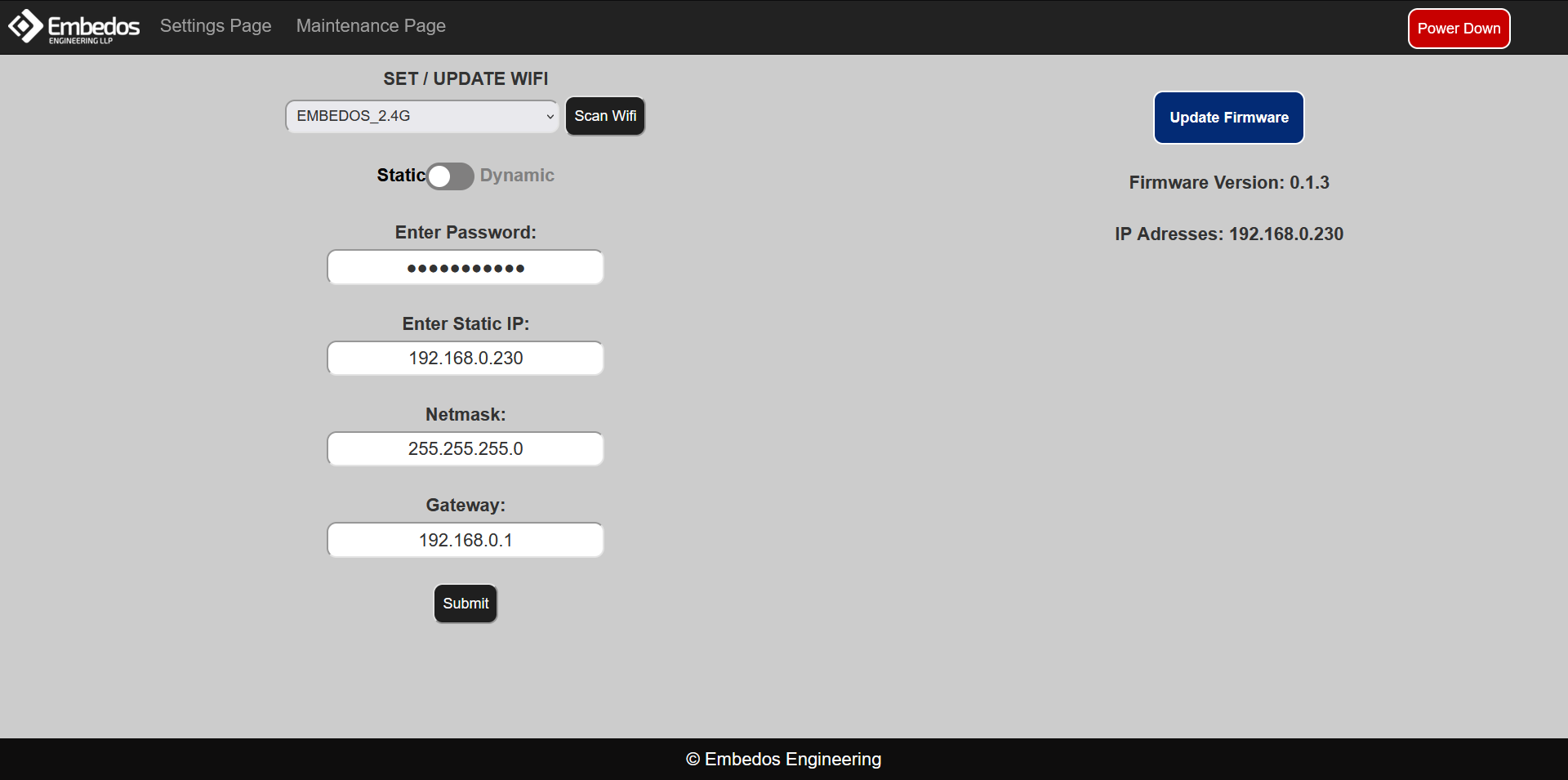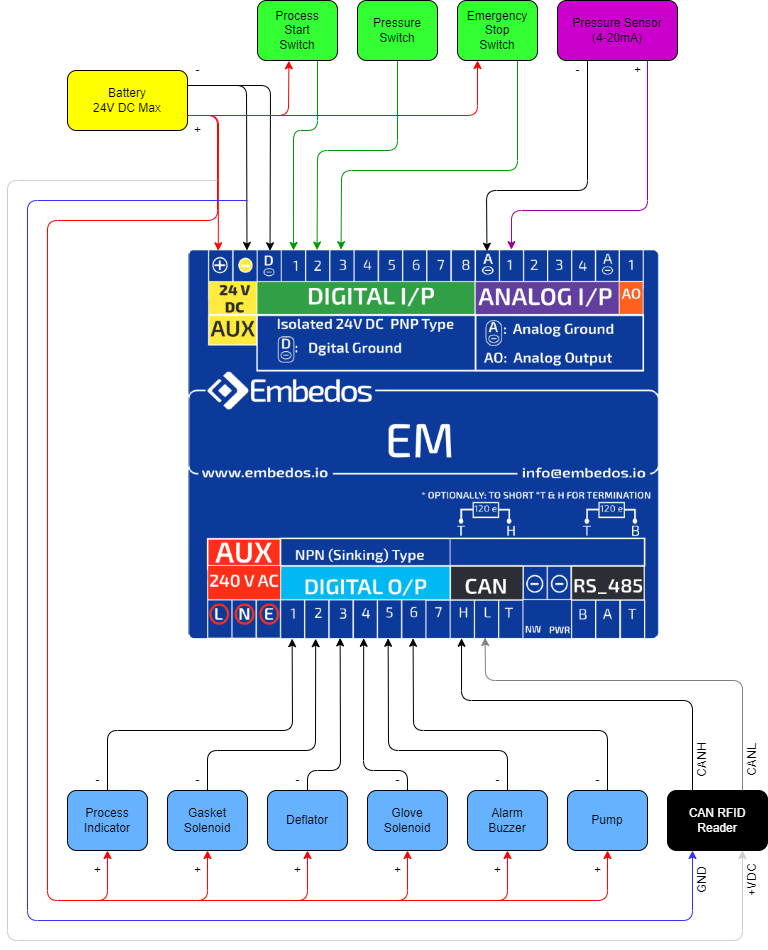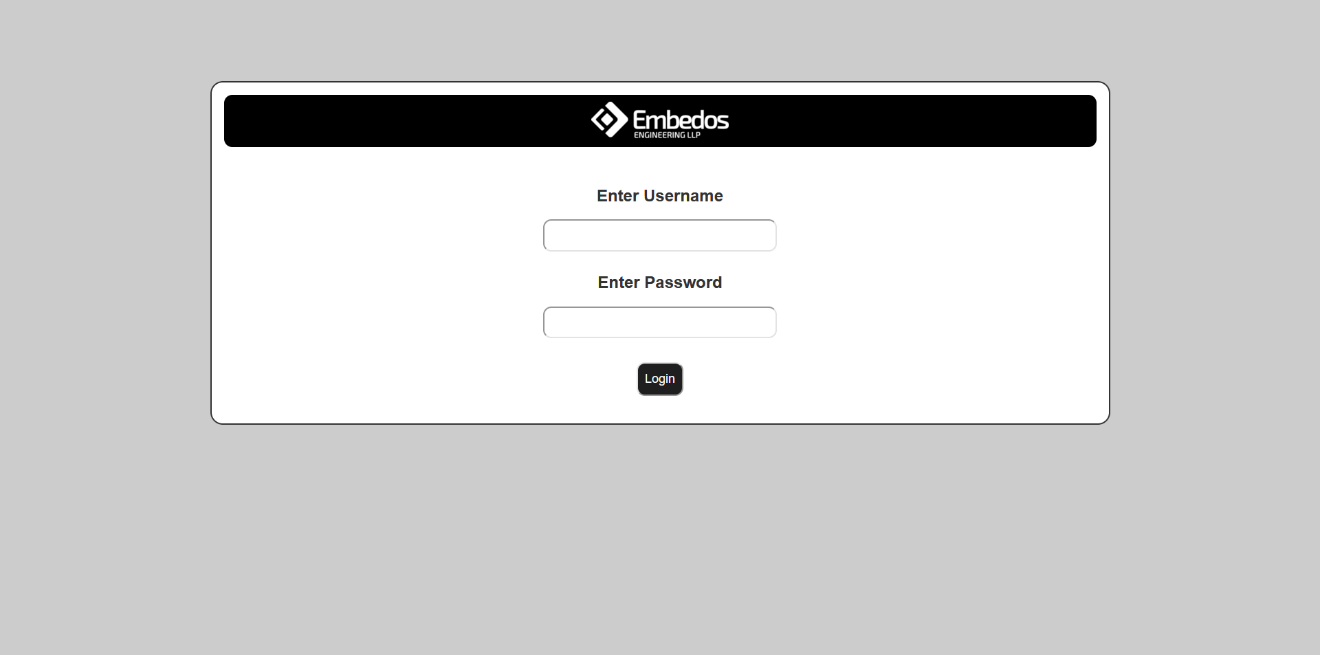How To Mobilize Traffic Using IoT?
Traffic signal management is one major issue. What causes traffic jams? If you are unlucky enough to commute in your city you could end up spending the equivalent of 3 weeks per year stuck in traffic. Drivers know that accidents, construction, vehicles and just the sheer number of the people and vehicles on the road ,all contributes to traffic.
The Actual Problem:
The real culprit however is speed or rather sudden, random fluctuations in speed. When drivers travel at a constant rate traffic flows freely but even a single driver hits the brakes the flow is interrupted causing a chain reaction among the vehicles. What can be done to avoid this? Traffic signals can be better synchronized. Driverless cars can be made that can travel at more constant speeds.
IoT Will Solve Traffic Problems:
The average speed in urban environment is dropping everywhere. The question is that what speed are you right now? Traffic gets worse everywhere every year. Urbanization is a huge trend. 50 years ago about 40% of the world’s population lived in an urban area. Now it’s getting close to 80%. So we are going to see more concentration of people in cities. And that’s one of the reasons the entire things are important because cities need to operate even more efficiently.
Self-driving cars will actually solve traffic problems completely. One of the reasons traffic is frustrating is because there’s a lot of things you can’t do when you are driving. If the car is driving you then you can do your office work, you can take a nap or you can watch TV. So the car increasingly becomes a living room on wheels. Those cars can go faster. If all the cars are self-driving it will go 150 miles an hour. Human being can’t process information faster, they can’t operate at those speeds but machines can. There will be a lot of things that will change to relieve traffic burden.
Traffic Control Using IoT:
Consider a number of metal loops which acts as a sensor and are connected or embedded on the road. These sensors will act as data points. If there is an accident on the road or a very bad traffic jam, these data points will sense them and generate reports. Now the operation center will analyze the data. According to that the decisions will be taken. All the vehicles routing towards that road will be informed that traffic jam is nearby. And the alternate paths will be reduced.
Connected vehicles have become very popular in the recent years. There is a lot of research that is going on for building vehicles for good reasons. Stand alone vehicles embedded with different sensors has been there since several years. These vehicles have different embedded sensors and embedded systems.
How Can We Make Cars Manufactured By Different Companies, Connected To Each Other A Possibility?
Connected vehicles provide drivers with 360 degree awareness of similarly equipped vehicles within a range of 300 meters. This secure system keeps personal information private does not track your vehicles. Drivers will receive warnings that informs them of potential hazards through a virtual display or through seat vibrations.
These warnings can help drivers respond quickly to avoid potential crashes.
For example: “The intersection movements assist” application warns drivers when it is unsafe to enter an intersection. The “Do not pass warning” application warns drivers when it is not safe to pass a slower moving vehicle.
Connected vehicle technology can help pedestrians too.
For example: “The mobile accessible pedestrian signal system” application sends an automated pedestrian call from the Smartphones of a pedestrian with disabilities to the traffic controller holding the walk signal until the pedestrian has cleared the crosswalk. The potential benefits of a connected transportation system will able to enhance safety and mobility of not only vehicles on the road, but pedestrians as well and at the same time address environmental impacts.
Traffic Congestion Could Be Eased By IoT.
Solution:
One way could be to use maps. Google maps indicate how much traffic is going to be present on the road for your journey. Traffic Signals could be interfaced with such maps, that could tell it how much traffic does each lane have, how many vehicles at a given signal, and could calculate on its own, on an average how much green time should each lane be given.
Another way could be devices deployed on the roads which can be capable of measuring the condition levels. This could be done in various ways. There could be sensors deployed on the roads to pick up congestion data. This data can be transmitted to a cloud system, which analyzes it and decides which roads are truly congested and how much time should a traffic signal on that path give to vehicles.
It could figure out the optimal signal times to be sent to each signal. So that highly congested road would not have a longer waiting time.
Benefits Of Implementation Real Time Traffic Management Using IoT:
- Signal times can be optimized in real time over a network of roads.
- As this data is fed to the cloud, external systems can perform data analytics on the stream to identify traffic trends and patterns.
- Emergency situations can be addressed efficiently. This may include plotting routes for ambulances and fire brigades.
Looking for End to End Industrial Automation & IoT Solutions?

